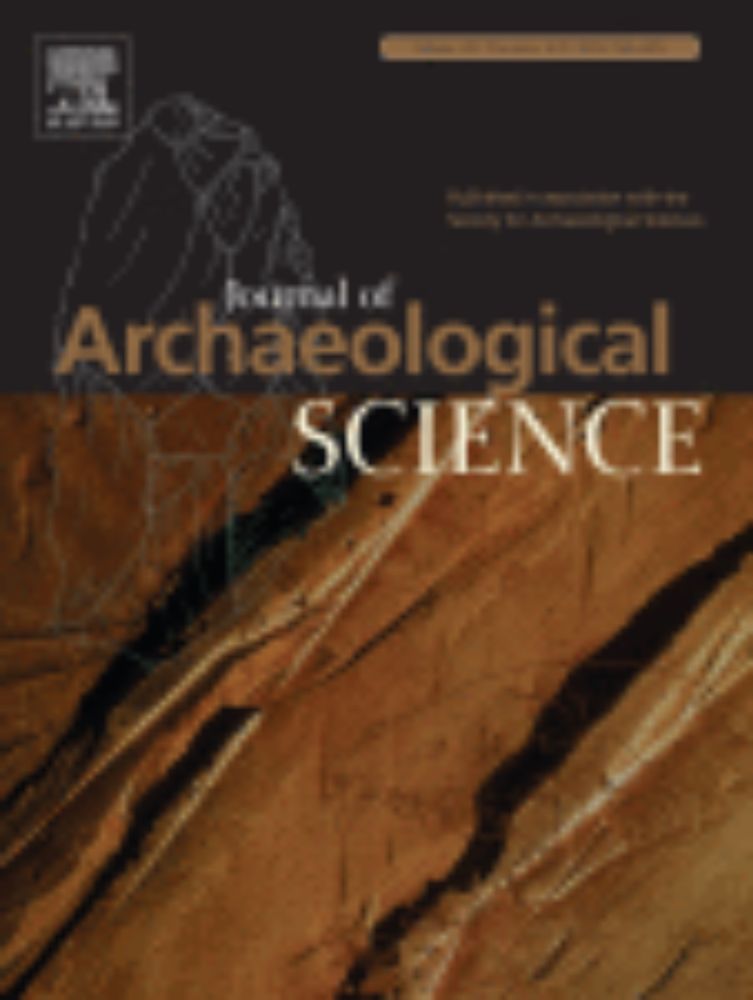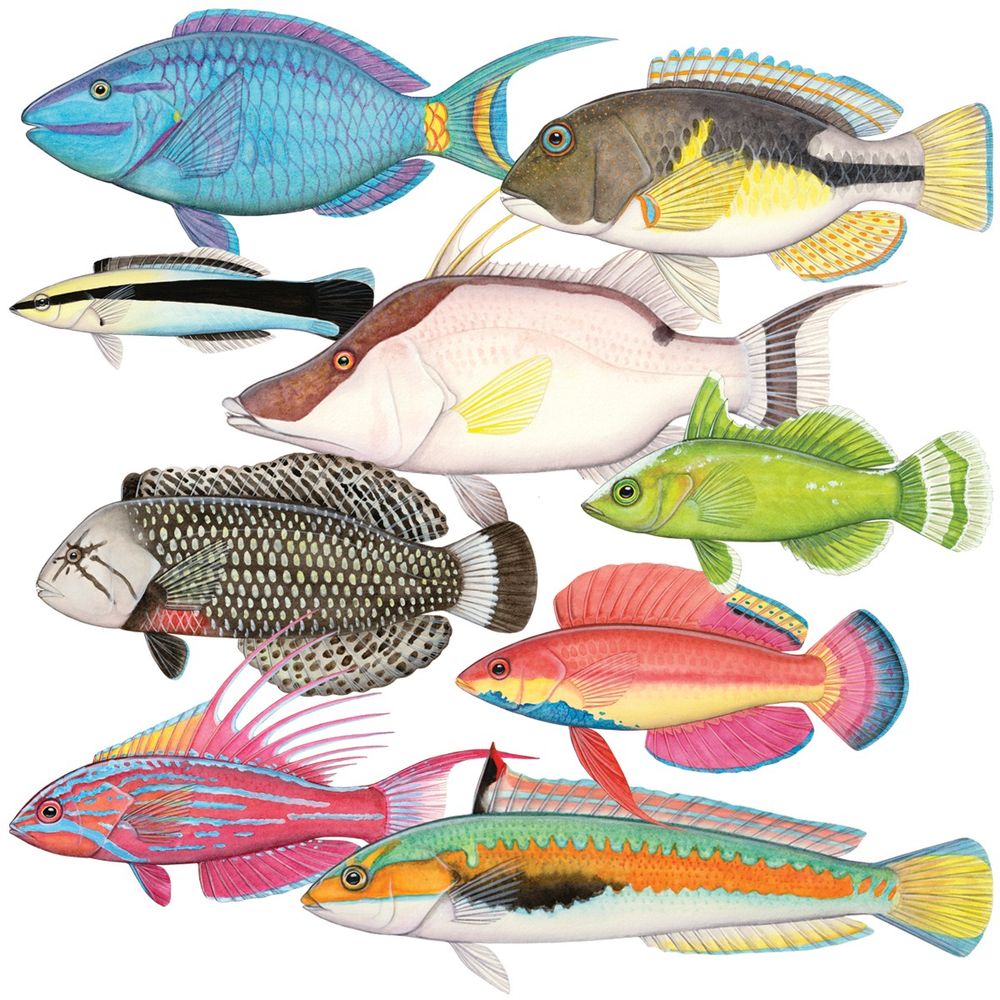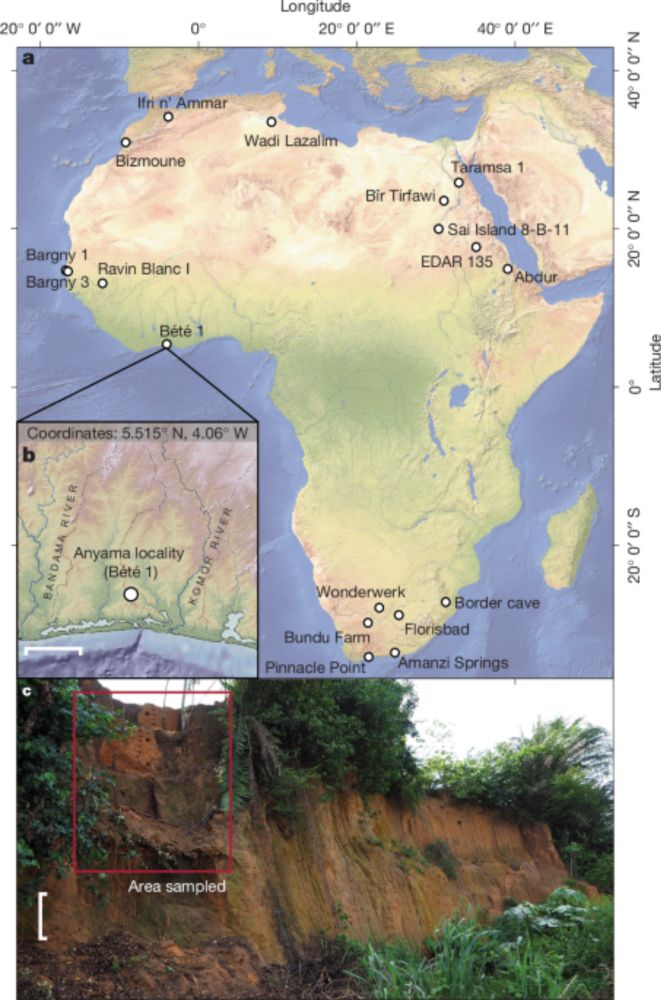
@uclarchaeology.bsky.social @MNHN
Coastal archaeologist and ichthyoarchaeologist 🐡 | Island Southeast Asia 🏝️


cam.ac.uk/stories/mexi...
science.org/doi/10.1126/...
@earthscicam.bsky.social

cam.ac.uk/stories/mexi...
science.org/doi/10.1126/...
@earthscicam.bsky.social
Painting reef fish is so rewarding because I get to use some vibrant colors. Hello, turquoise and magenta!
#sciart 🧪


Painting reef fish is so rewarding because I get to use some vibrant colors. Hello, turquoise and magenta!
#sciart 🧪
www.nature.com/articles/s41...

www.nature.com/articles/s41...

www.frontiersin.org/journals/mar...

www.frontiersin.org/journals/mar...


